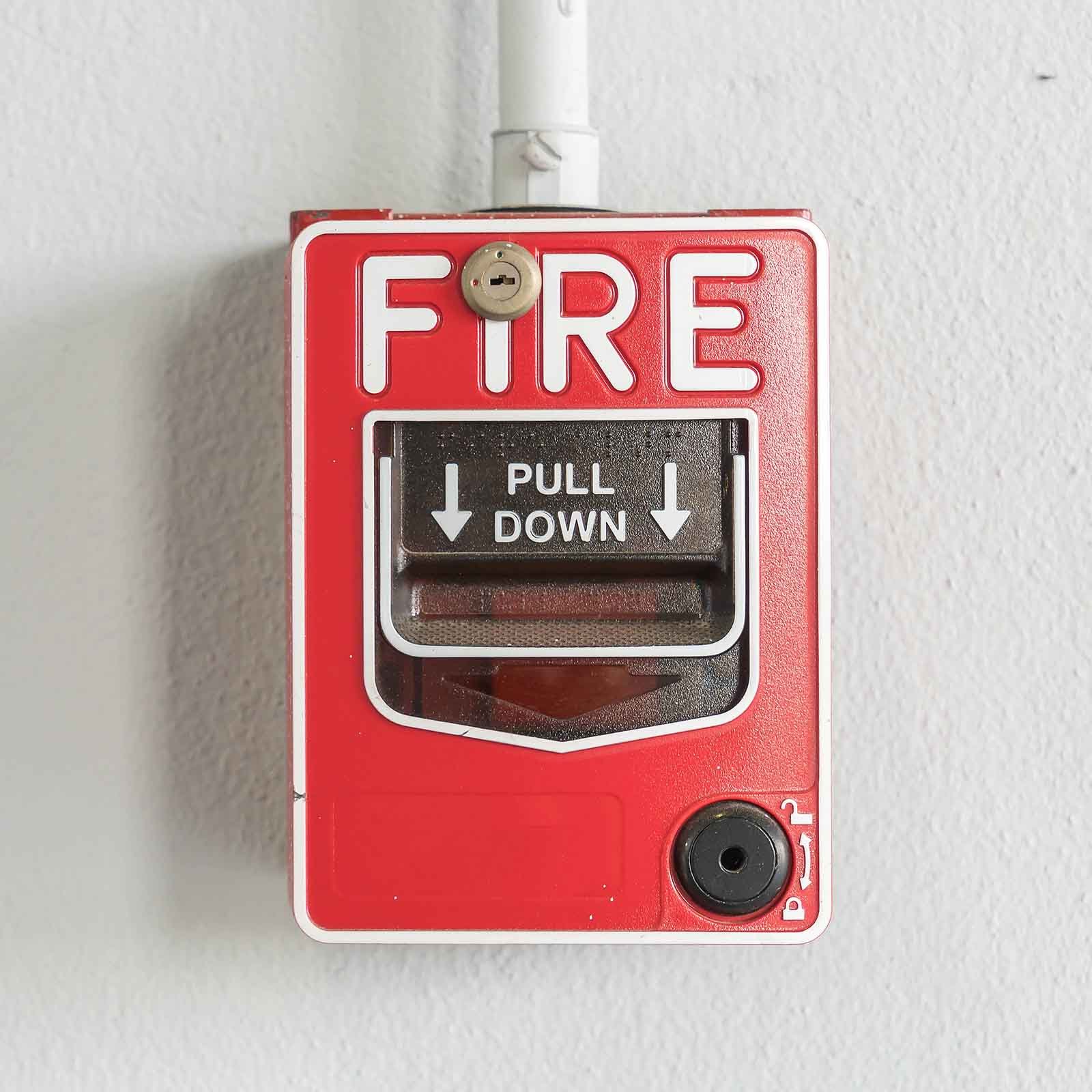FIRE ALARM
Customer Pains: Not being able to detect the fire accident,
Pain Relievers: Detects fire and alerts both building occupants and emergency personnel.
Customer Gains: Saves lives and protects assets from being destroyed.
Gain Creators: Early detection can avoid serious damage or destruction
A fire alarm system is a network of devices that work together to detect and alert building occupants of a fire. These systems typically include smoke and heat detectors, manual pull stations, audible and visual alarms, and a control panel that receives and processes signals from the devices and triggers the alarms. Fire alarm systems are designed to provide early warning of a fire, allowing occupants to evacuate the building safely and quickly. Some systems also include features such as automatic sprinkler activation, HVAC shut-off and fire department notification.
Fire detector system "Brain" is the Fire Alarm Control Panel. This is the main hub for wired to all detector signals and provides users with a status indication.
Fire Alarm Systems: fire detectors, manual pull stations, and alarms ( bells or horns typically) connected to a fire alarm panel.
Whatever the detection method is, sounders can work when the alarm is activated to alert people in the building that there might be a fire and evacuate.
The unit can also be set up to simulate an alarm for use in routine Fire and evacuation drills, so all staff knows what action to take in the event of a real fire.
Fire Alarm System is designed to alert us to an emergency so that we can take action to protect ourselves, staff, and the general public.
Fire alarms are used in businesses, factories, and public buildings, they are part of our everyday routine, but they are still overlooked before an emergency happens at which point they might only save our lives.
A smoke alarm is a device that detects smoke and issues an audible alarm as a warning of a potential fire. They are typically battery-powered or connected to a building’s electrical system and are installed in homes and other buildings to provide early warning in the event of a fire. Smoke alarms should be tested regularly and the batteries should be replaced as needed.
Smoke alarms are an essential safety feature in every home. They are designed to detect the presence of smoke and sound an alarm, alerting you and your family to the potential danger of a fire. In this article, we will discuss the importance of smoke alarms, the different types available, and tips for maintaining and testing them.
The Importance of Smoke Alarms According to the National Fire Protection Association (NFPA), smoke alarms can reduce the risk of dying in a fire by 50%. In fact, many states and municipalities have laws requiring the installation of smoke alarms in homes.
Smoke alarms are designed to detect the presence of smoke, which is one of the first signs of a fire. When smoke is detected, the alarm sounds, alerting you and your family to the potential danger. This early warning can give you precious time to evacuate your home and call for help.
Heat Alarm is designed for Domestic usage such as a house, villas, apartments, etc, Built with High-quality components and advanced technology, the alarm has excellently stable performance and low power consumption, A 9v Battery will operate for up to one year. It can be easily installed, and no commission is required.
Self-contained Fixed Temperature 60°C Heat Detector and alarm sounder 80dB, Detection area 30m2.
Utilize an internal buzzer to provide a loud local alarm. By using the output terminal the alarm can be linked to other alarms in a common alarm network (Up to 30 alarms) or can be interfaced with other systems.


